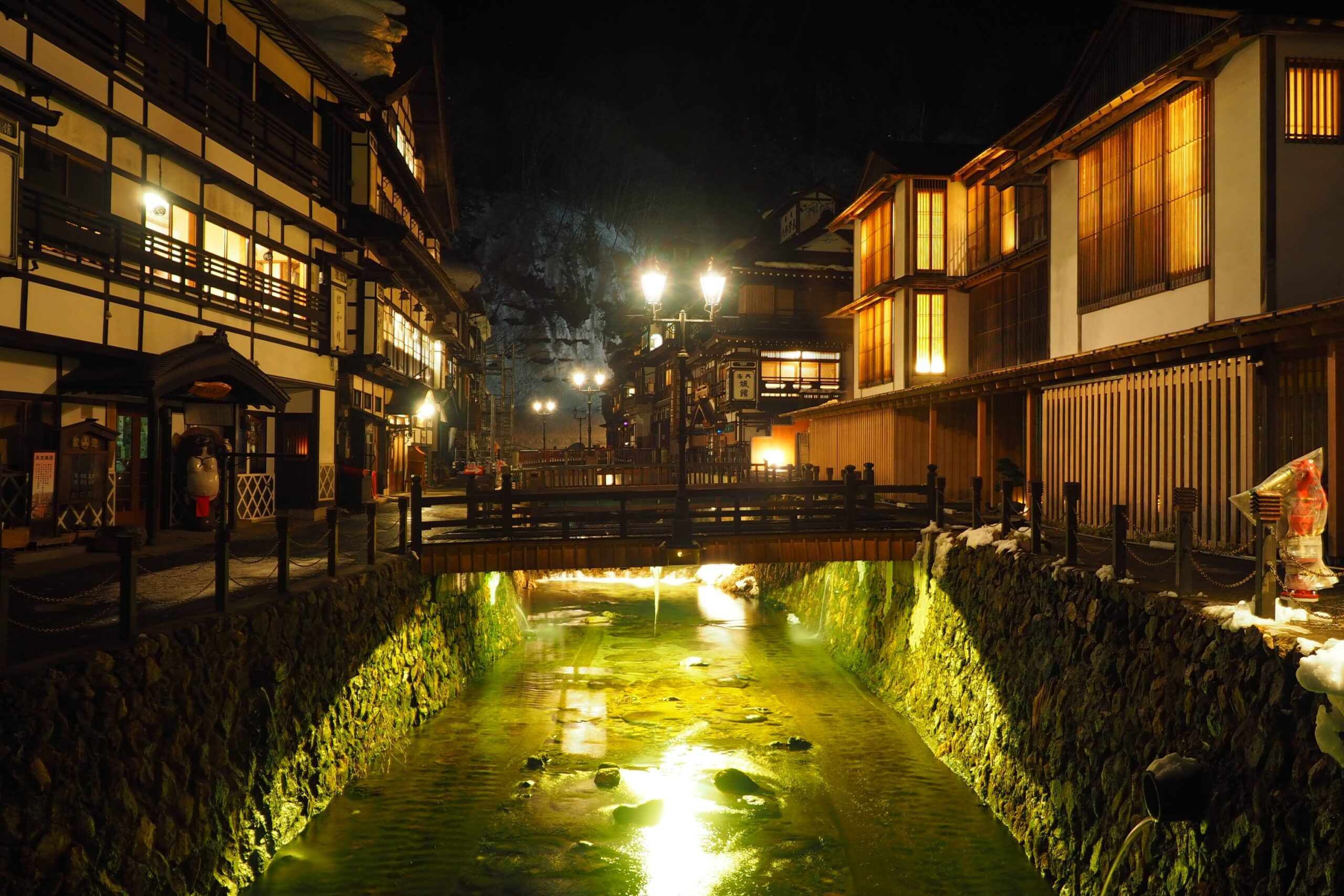Top 10 Popular Japanese Hot Springs and Towns
There’s a significant difference between a typical bathhouse and a hot spring, and it all comes down to the water. While bathhouses use heated tap water, hot springs are filled with mineral-rich volcanic water. Soaking in a hot spring is said to promote clearer skin, detoxification, and improved blood circulation. Japan is home to over 2,300 hot springs nationwide, making it a popular destination for hot spring trips, especially in winter. So, which are the most popular hot spring towns in Japan? Let’s explore together.
1. Kusatsu Onsen, Kusatsu-machi, Gunma Prefecture
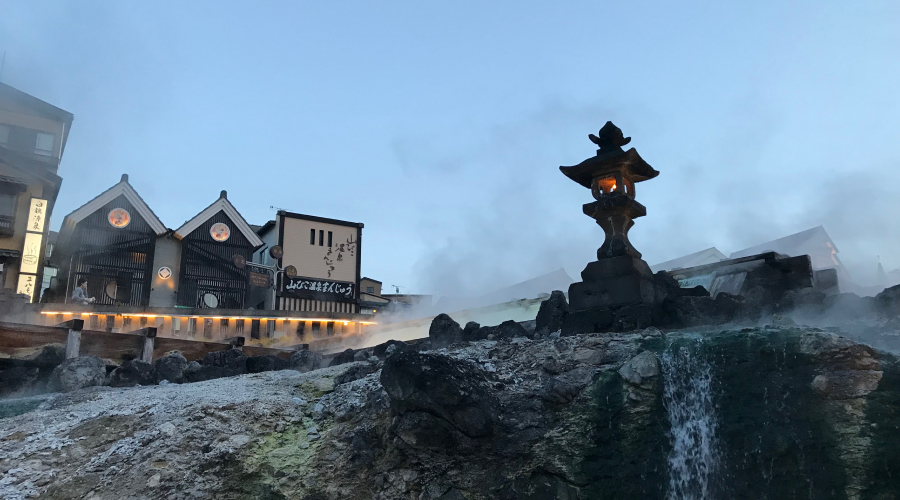
The first hot spring town to highlight is Kusatsu Onsen, located in Kusatsu-machi, Gunma Prefecture. Uniquely, instead of mixing cold water to regulate the temperature of the scalding hot spring water, locals manually stir it with paddles to achieve the perfect temperature. This traditional method, practiced for centuries, takes about 30 minutes daily. By avoiding dilution, the mineral-rich water retains its health benefits, said to cure all ailments—except, humorously, lovesickness.
2. Kurokawa Onsen, Kumamoto, Kyushu
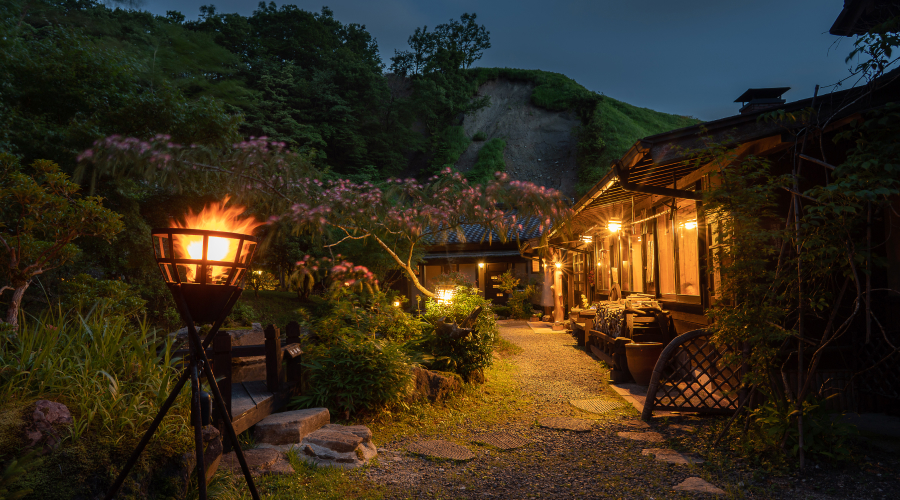
Renowned as one of Japan’s most beautiful hot springs, Kurokawa Onsen is located in Kumamoto Prefecture, Kyushu. Used as a hot spring for about 300 years, it was once a rest stop for feudal lords traveling between cities. With around 30 bathhouses, visitors can purchase a “Tegata Pass” to access any three bathhouses of their choice.
3. Beppu Onsen, Beppu, Kyushu
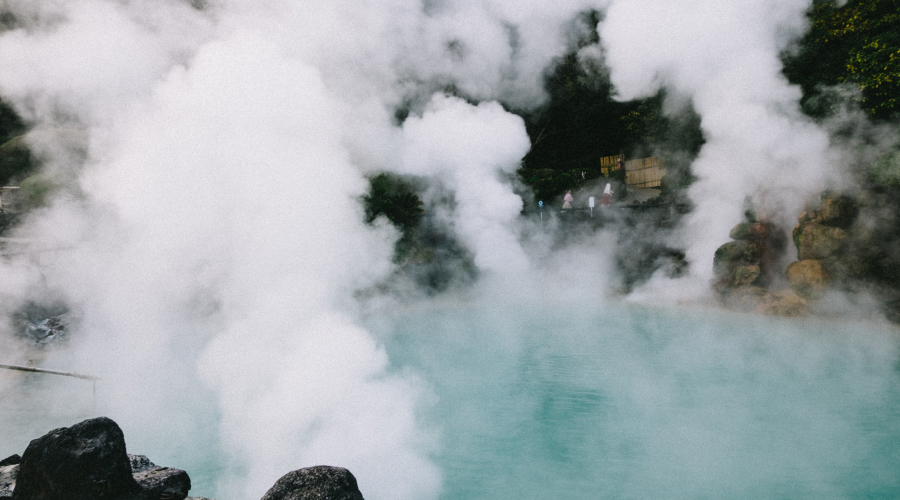
Beppu Onsen in Kyushu offers a unique experience, as it’s divided into eight hot spring areas. Beyond traditional soaking baths, you can enjoy mud baths, steam baths, and sand baths. The sand bath at Shoningahama Beach is particularly memorable—lying in volcanically heated sand while gazing at the sea feels almost divine. Beppu also offers a “Hell Tour,” where you can experience the hottest springs, named for their scalding, hell-like temperatures.
4. Yufuin Onsen, Yufuin, Kyushu
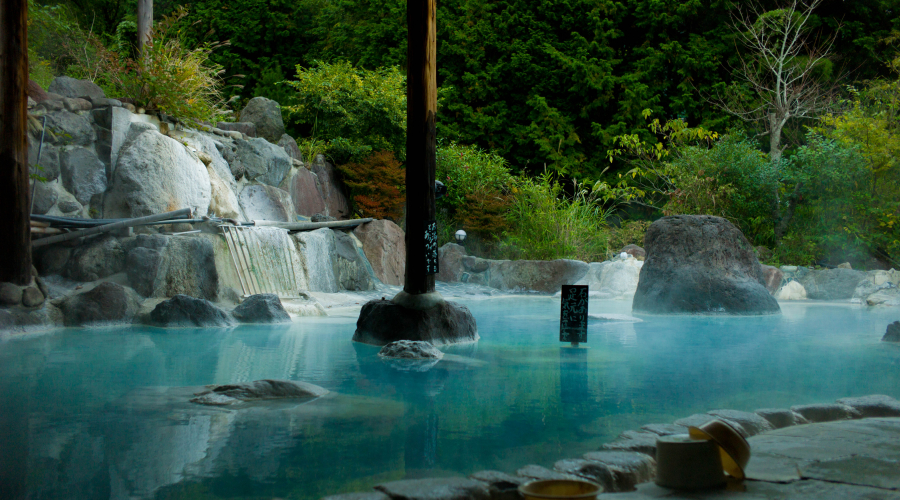
Nestled among mountains in Kyushu, Yufuin Onsen is not far from Fukuoka, making it easily accessible and especially popular with international tourists. As a result, ryokan—traditional inns offering private hot spring baths—have flourished here. While ryokan stays can be pricey, they provide the luxury of a private, relaxing hot spring experience.
5. Noboribetsu Onsen, Nittan, Hokkaido
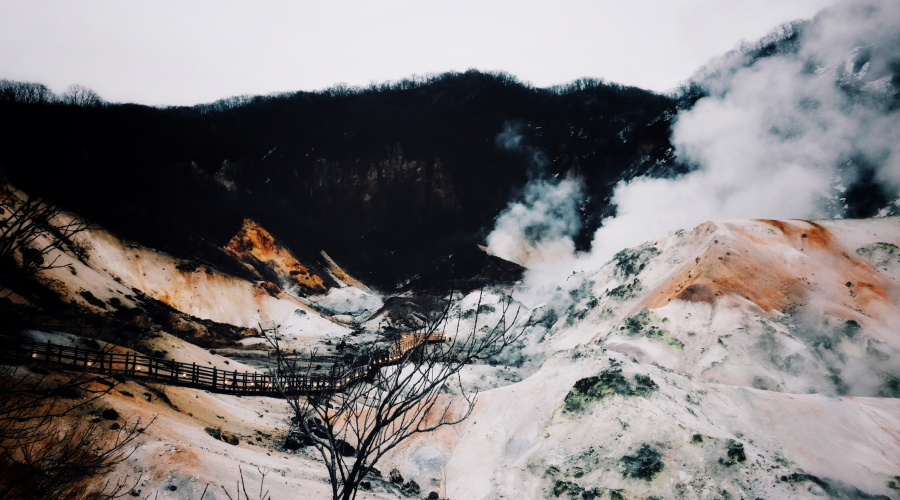
Known as one of Hokkaido’s finest, Noboribetsu Onsen contains sulfur, hydrogen sulfide, and iron, which soften skin and offer whitening benefits. With nine distinct hot spring sources producing over 11,000 US tons (10,000 metric tons) of water daily, the supply never runs dry. Its intense geothermal activity has earned it the nickname “Hell Hot Spring.”
6. Hakone Onsen, Kanagawa, Honshu
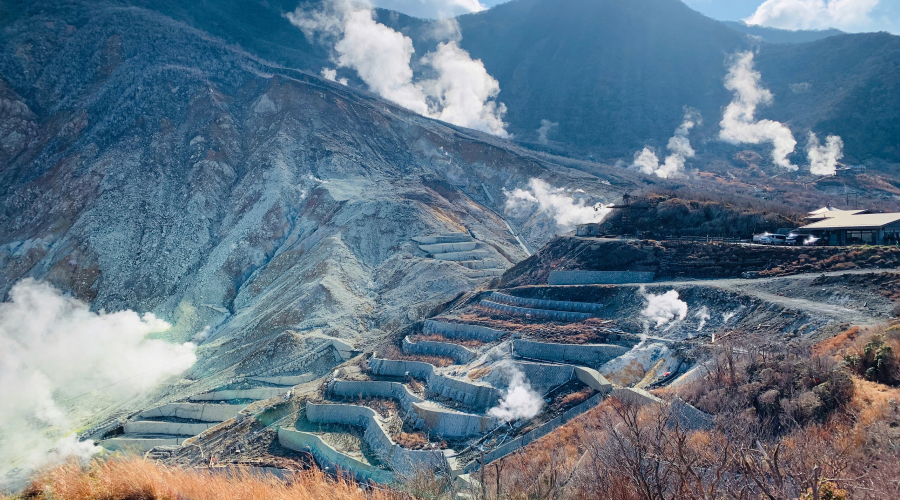
Located in Kanagawa Prefecture, Honshu, Hakone Onsen is home to a variety of unique hot springs. Some feature modern, pool-like interiors, while others boast colorful mineral waters. This diversity makes Hakone popular with families, tourists, and couples. Choosing a hot spring that suits your taste adds to the enjoyment of the visit.
7. Nikko Yumoto Onsen, Tochigi, Honshu

Yumoto Onsen, located in Nikko National Park, contains rich minerals that may cause a slight tingling sensation on the skin. While the sulfur smell is strong, it’s harmless. Close to Tokyo yet nestled in a quiet forest, Nikko Yumoto offers a serene atmosphere, with opportunities for trekking and hiking alongside hot spring soaking.
8. Atami Onsen, Shizuoka, Honshu
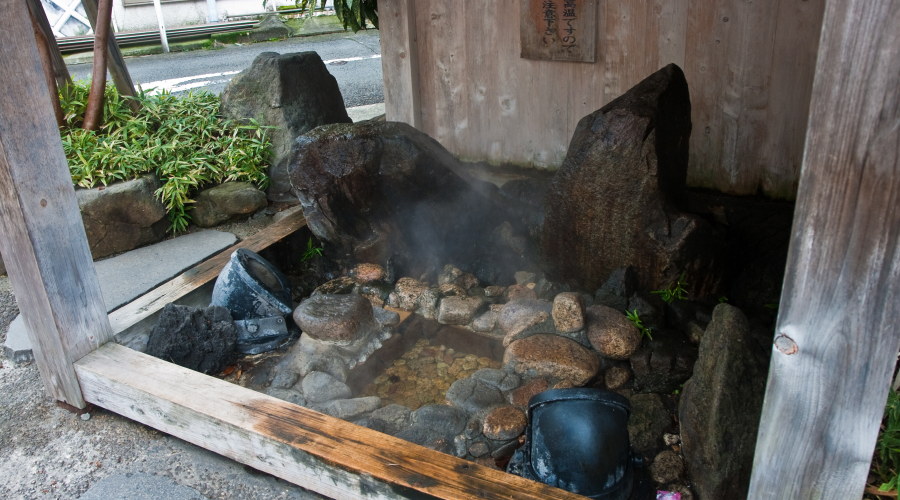
Atami, a coastal city in Shizuoka Prefecture, is said to have more hot springs than sandy beaches. Legend has it that one of Japan’s most notorious shoguns loved Atami Onsen so much that he had its water transported to Tokyo Castle. The high salt content in the water is believed to soothe irritated skin. Its proximity to Tokyo makes it ideal for day trips, adding to its appeal.
9. Kawaguchiko Onsen, Yamanashi, Honshu
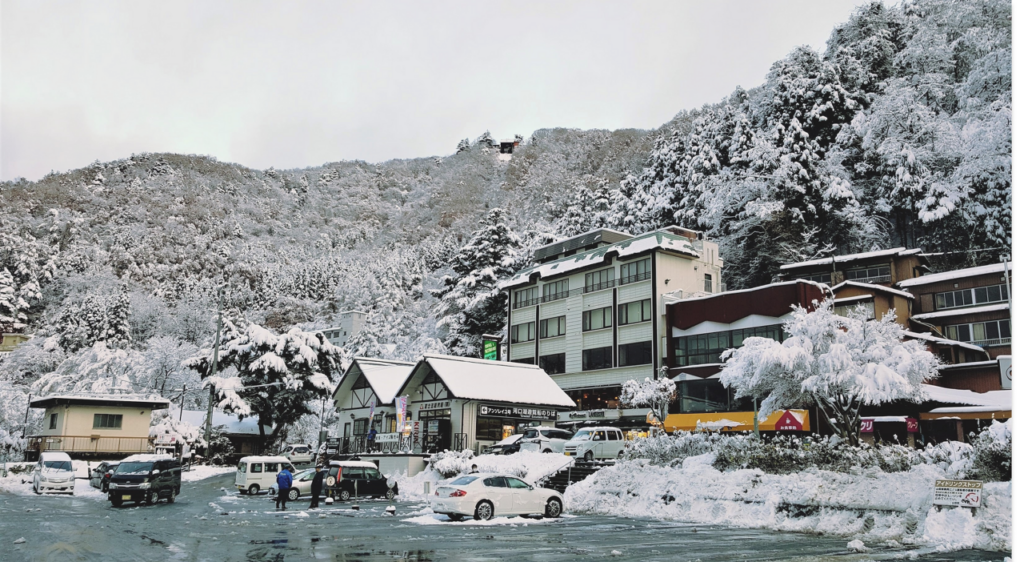
Situated at the foot of Mount Fuji, Kawaguchiko Onsen offers numerous hot springs and ryokan. Some baths provide stunning views of Mount Fuji, said to rival the beauty of Swiss landscapes. The peak seasons are spring, when cherry blossoms bloom, autumn, with its vibrant foliage, and winter, blanketed in snow—making it feel like a year-round destination.
10. Niwanoyu Onsen, Tokyo
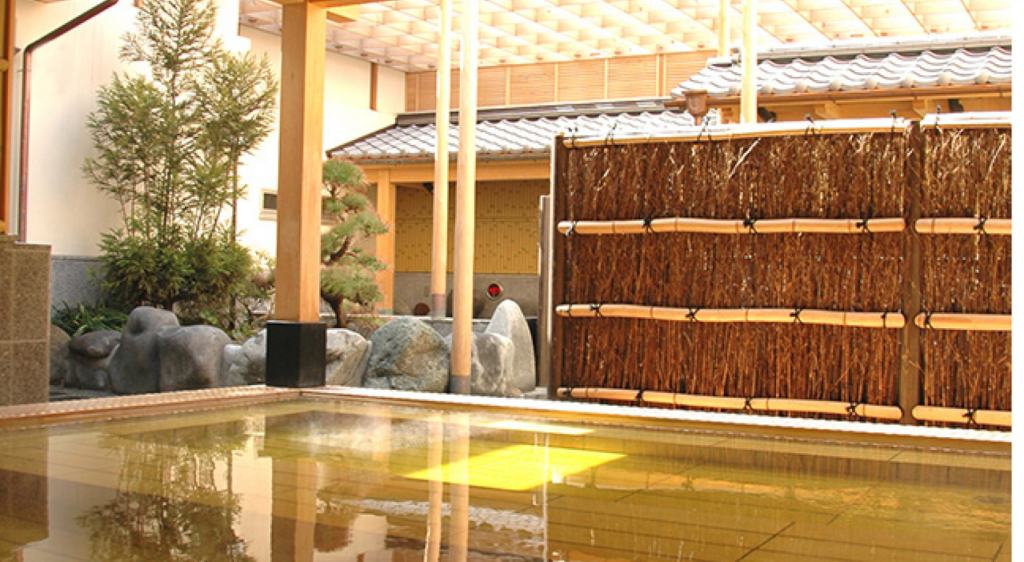
The final hot spring, Niwanoyu Onsen, is unique in that swimsuits are permitted, allowing families and couples to enjoy the baths together. However, the water contains a significant amount of freshwater, so it lacks the mineral or sulfur content of traditional hot springs, reducing their typical health benefits. Still, its proximity to the city and the relaxed, family-friendly atmosphere make it an accessible way to experience Japanese hot spring culture.
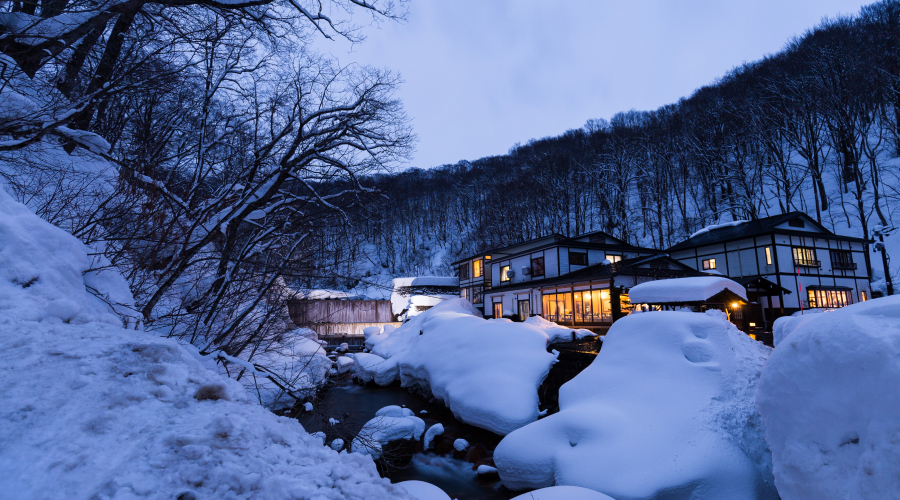
That wraps up my recommendations for 10 popular Japanese hot springs and towns. It’s mid-September, and with summer-like temperatures lingering, hot springs might not seem appealing yet. But as we all know, autumn is brief, and winter arrives quickly. Beyond hot springs, Japan is renowned for winter activities like festivals and skiing. If you’re curious about these, check out related articles. Thanks for reading!
